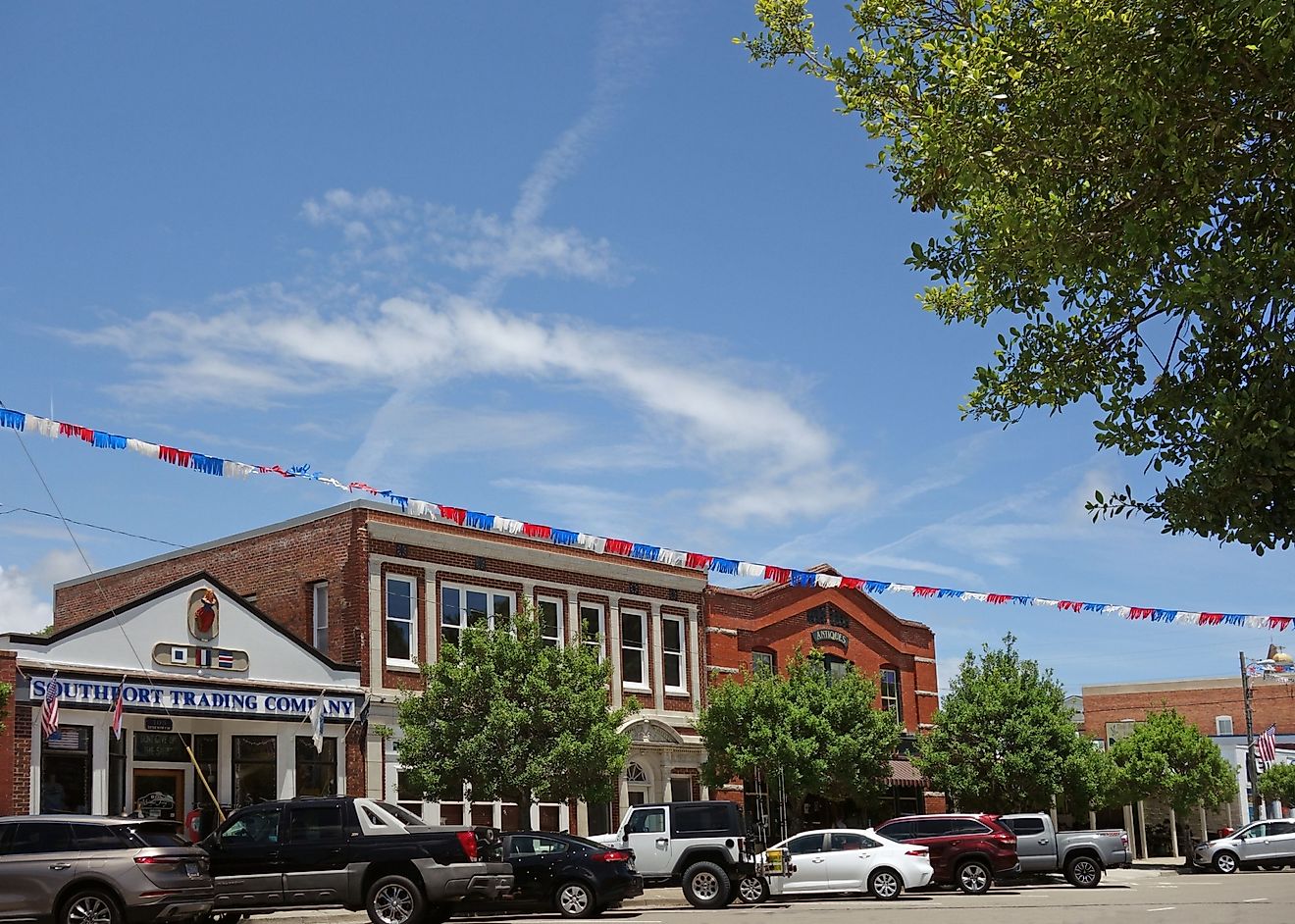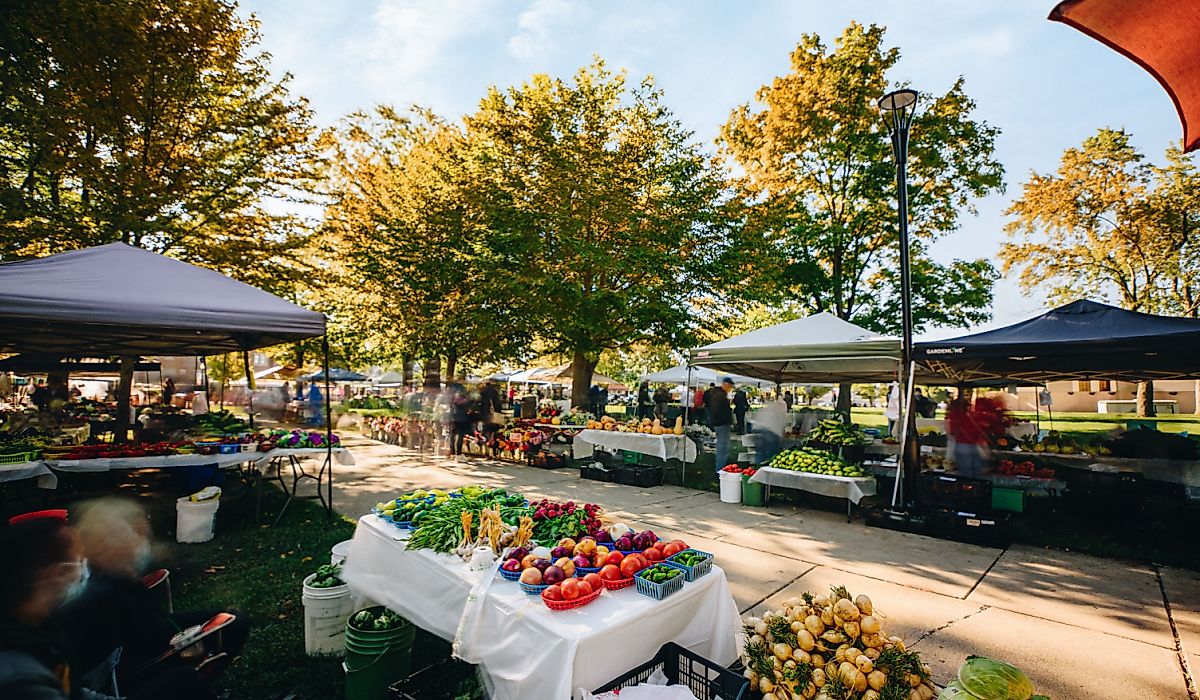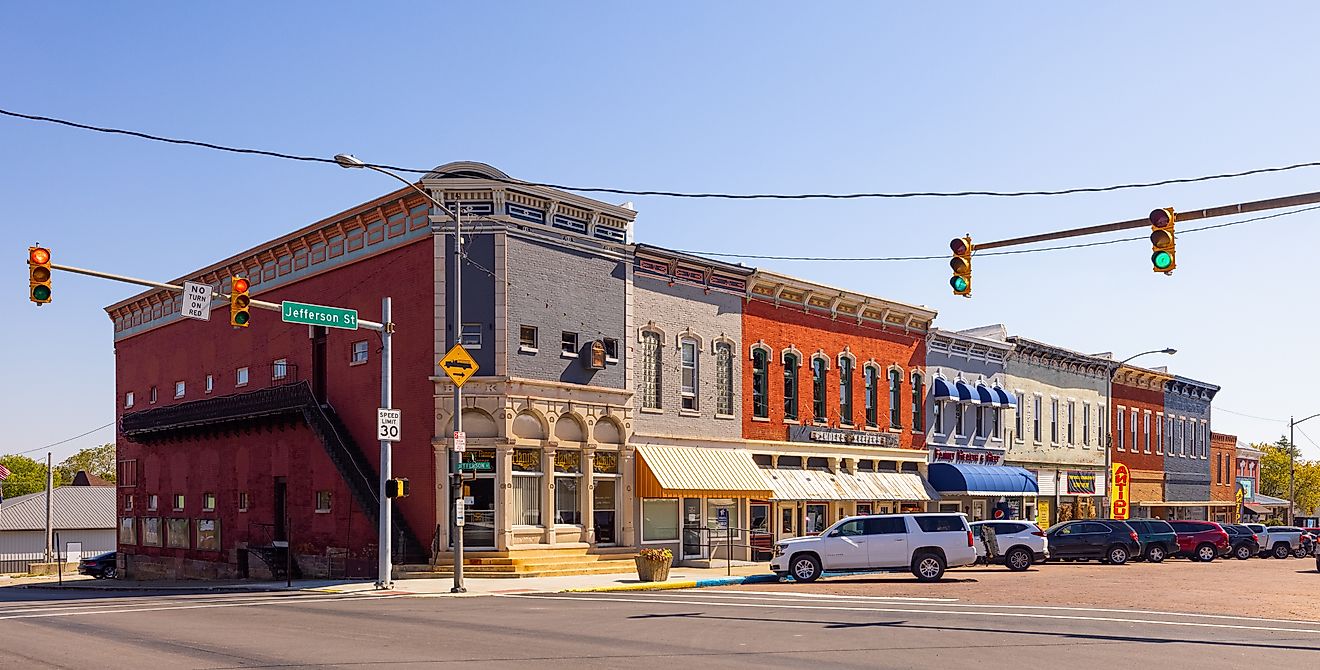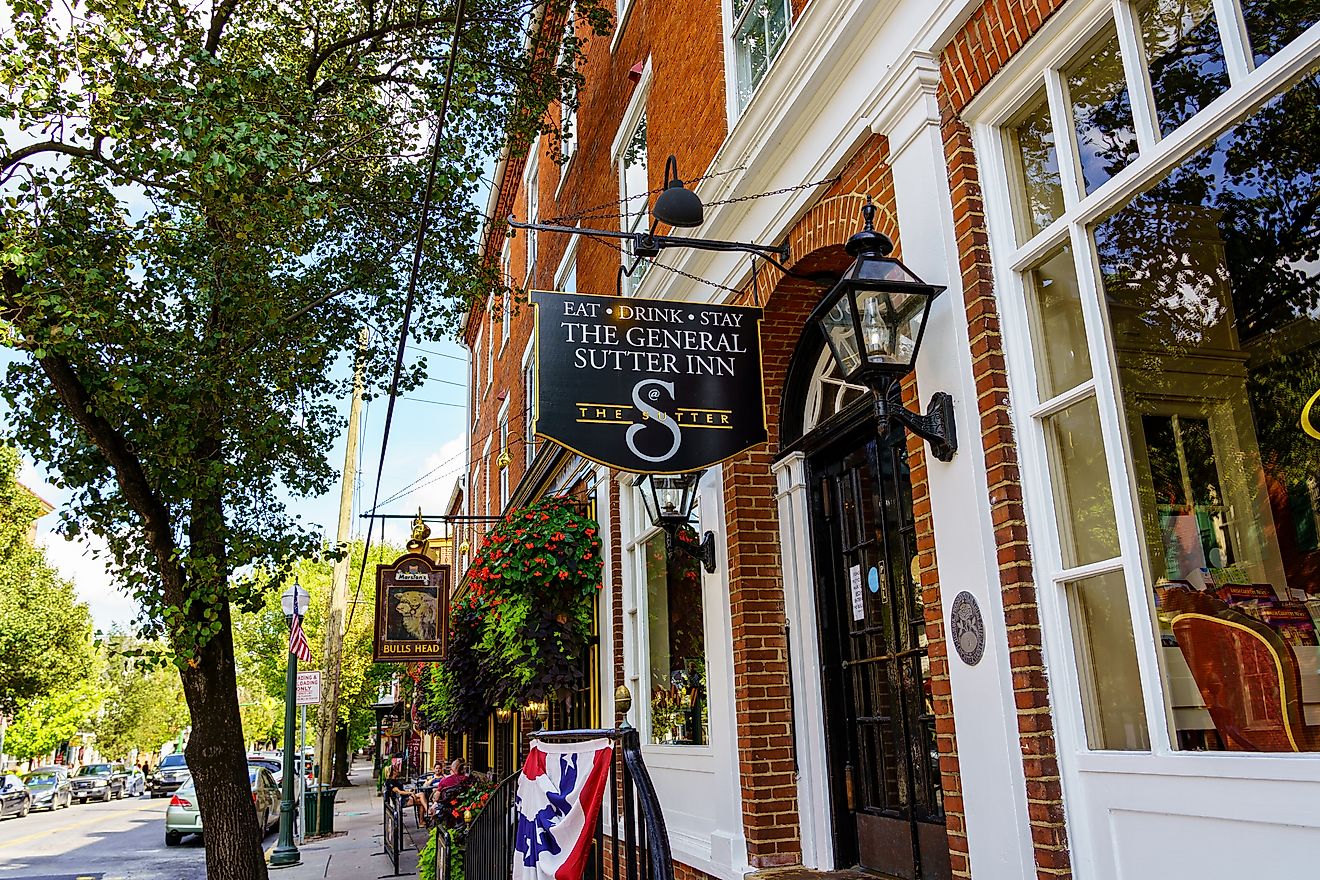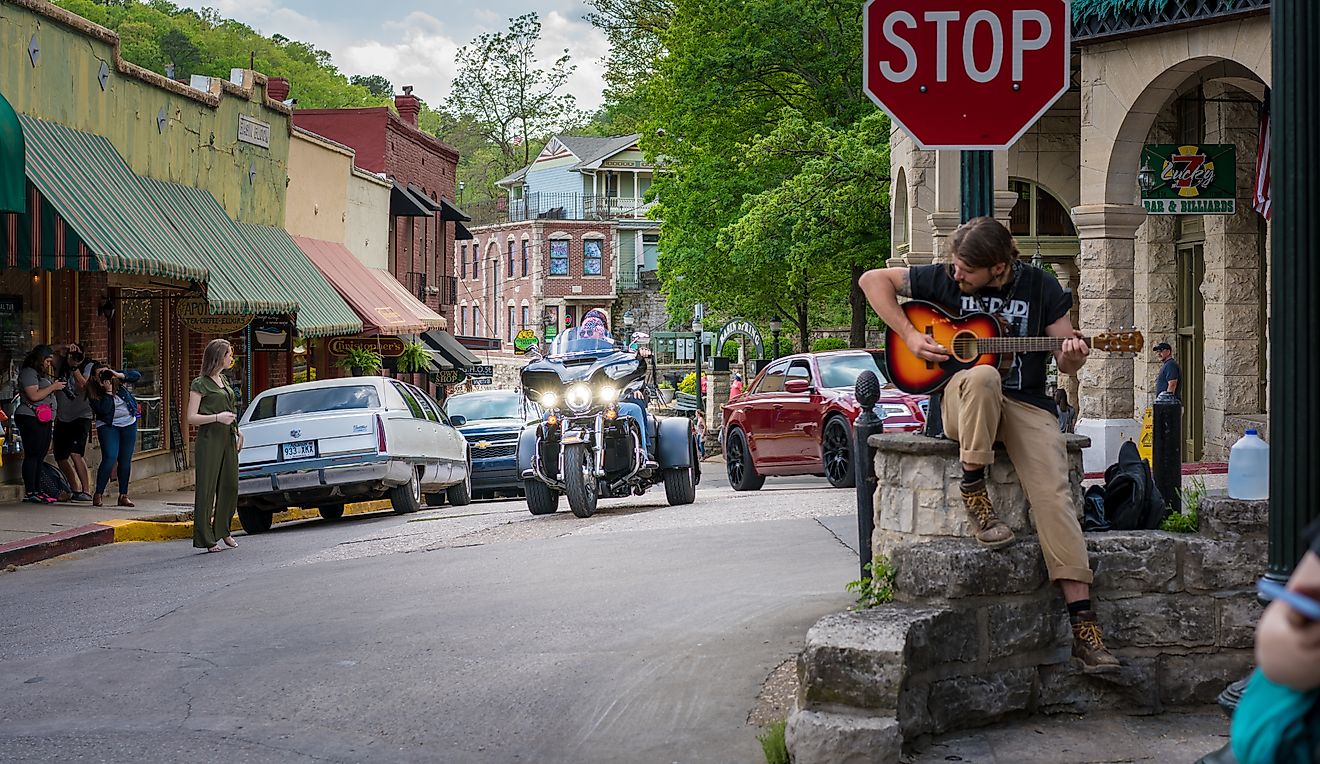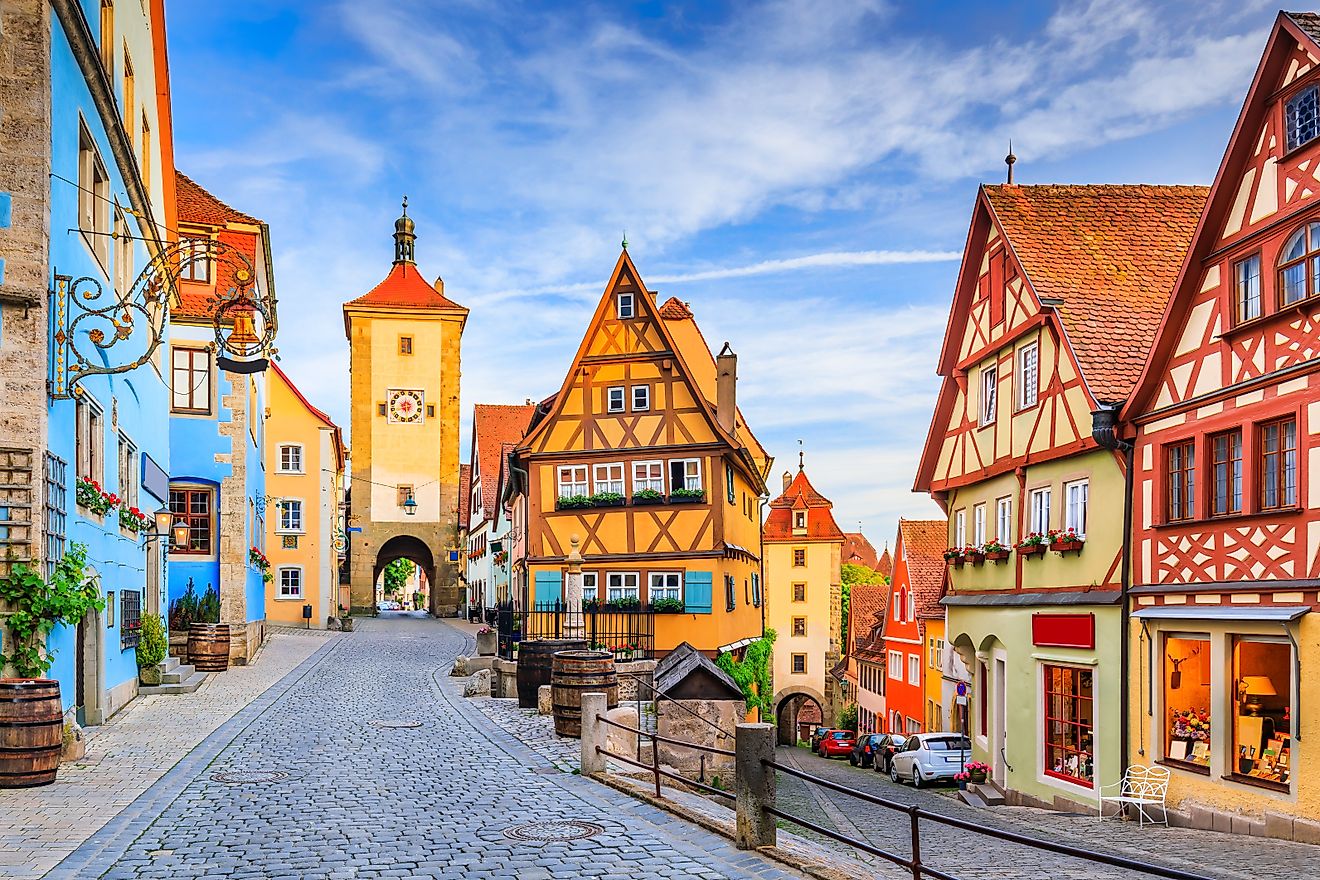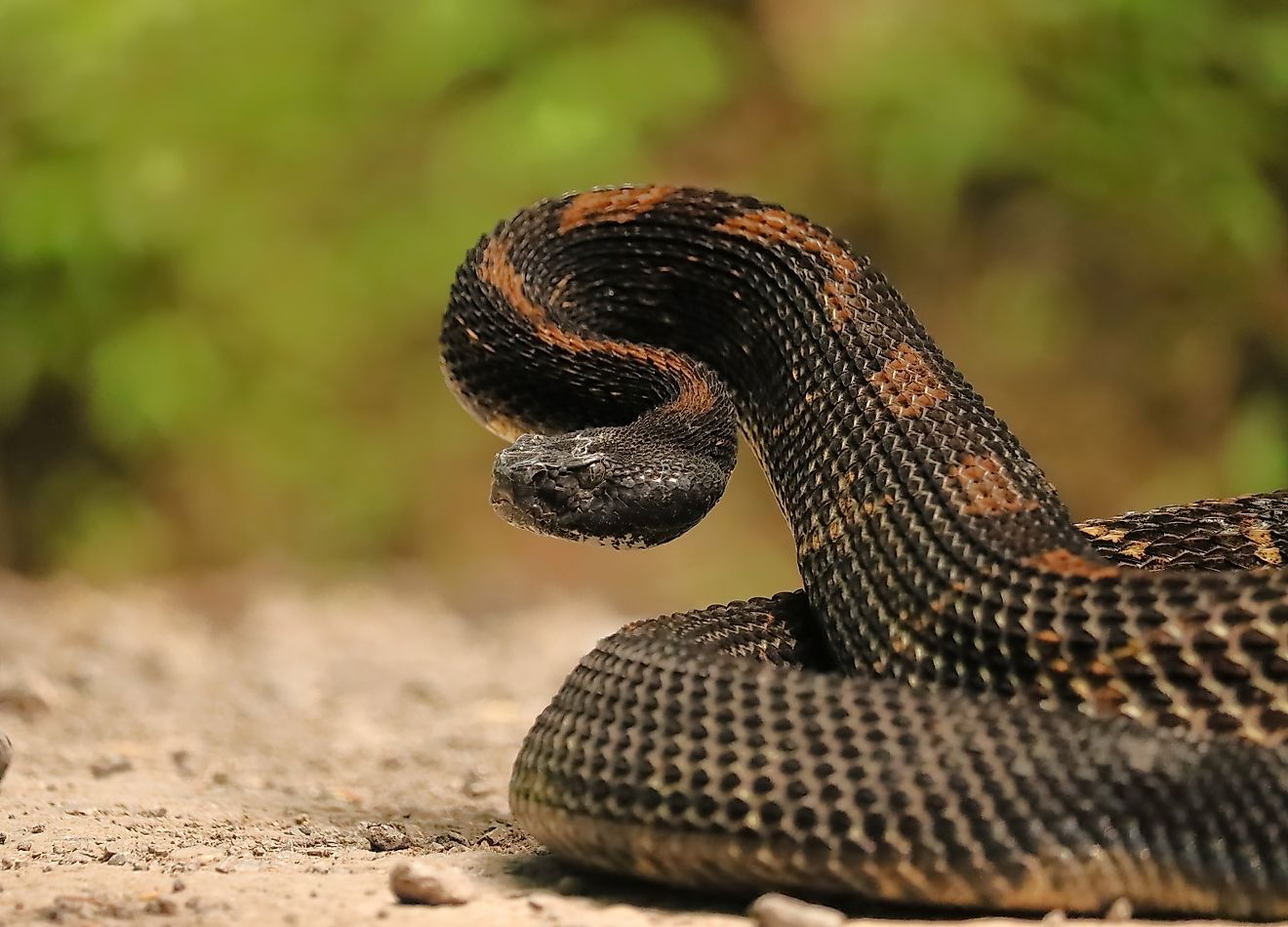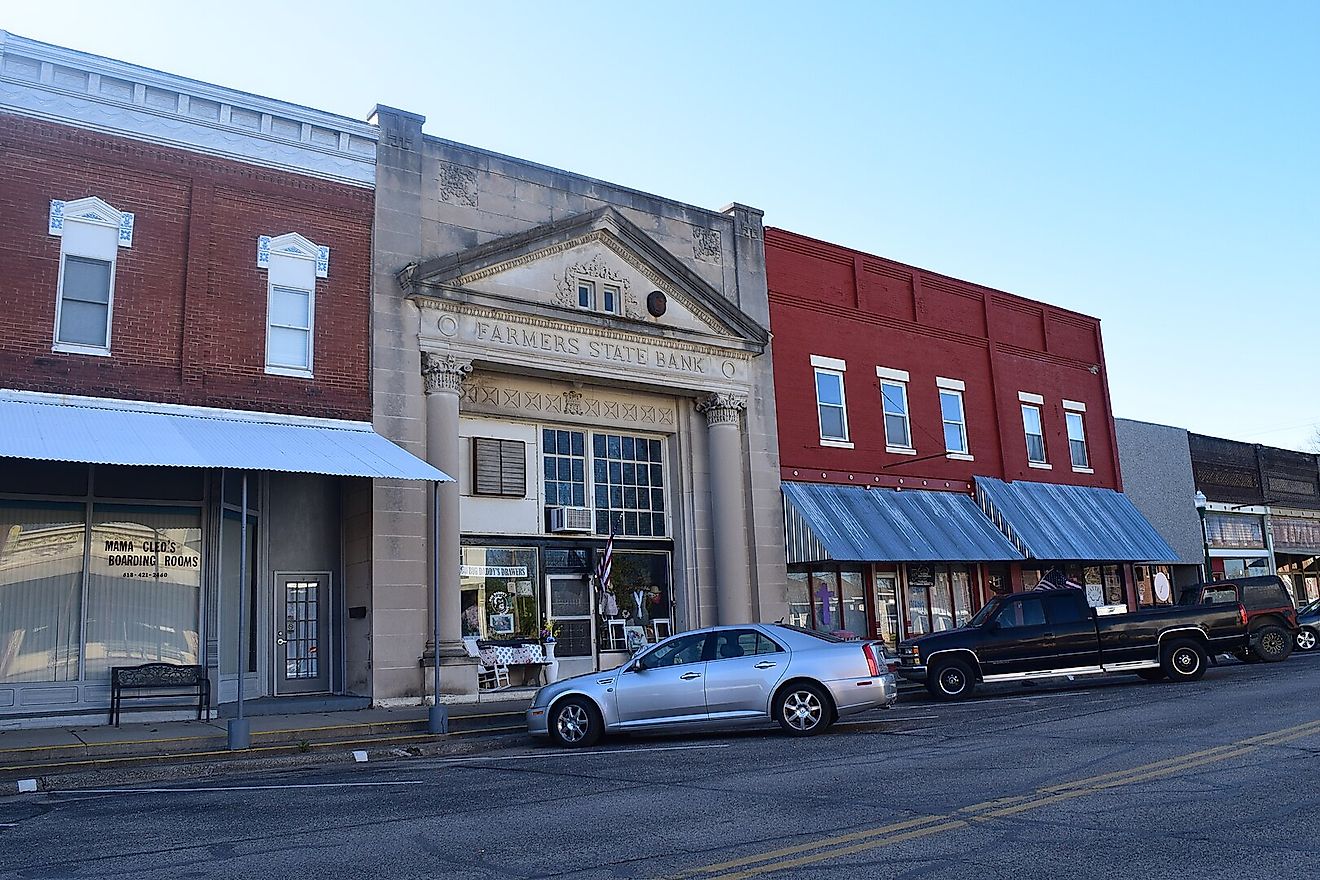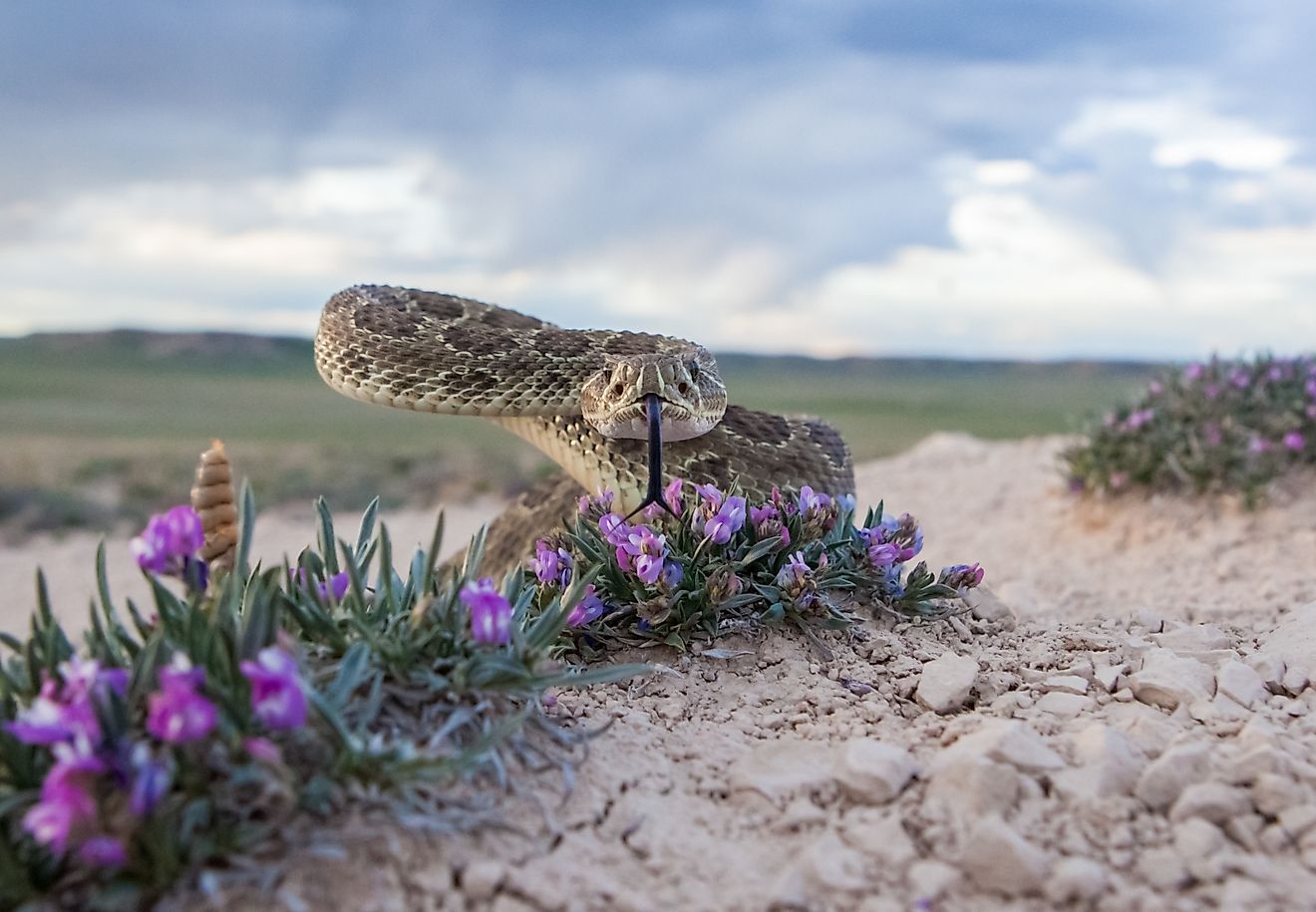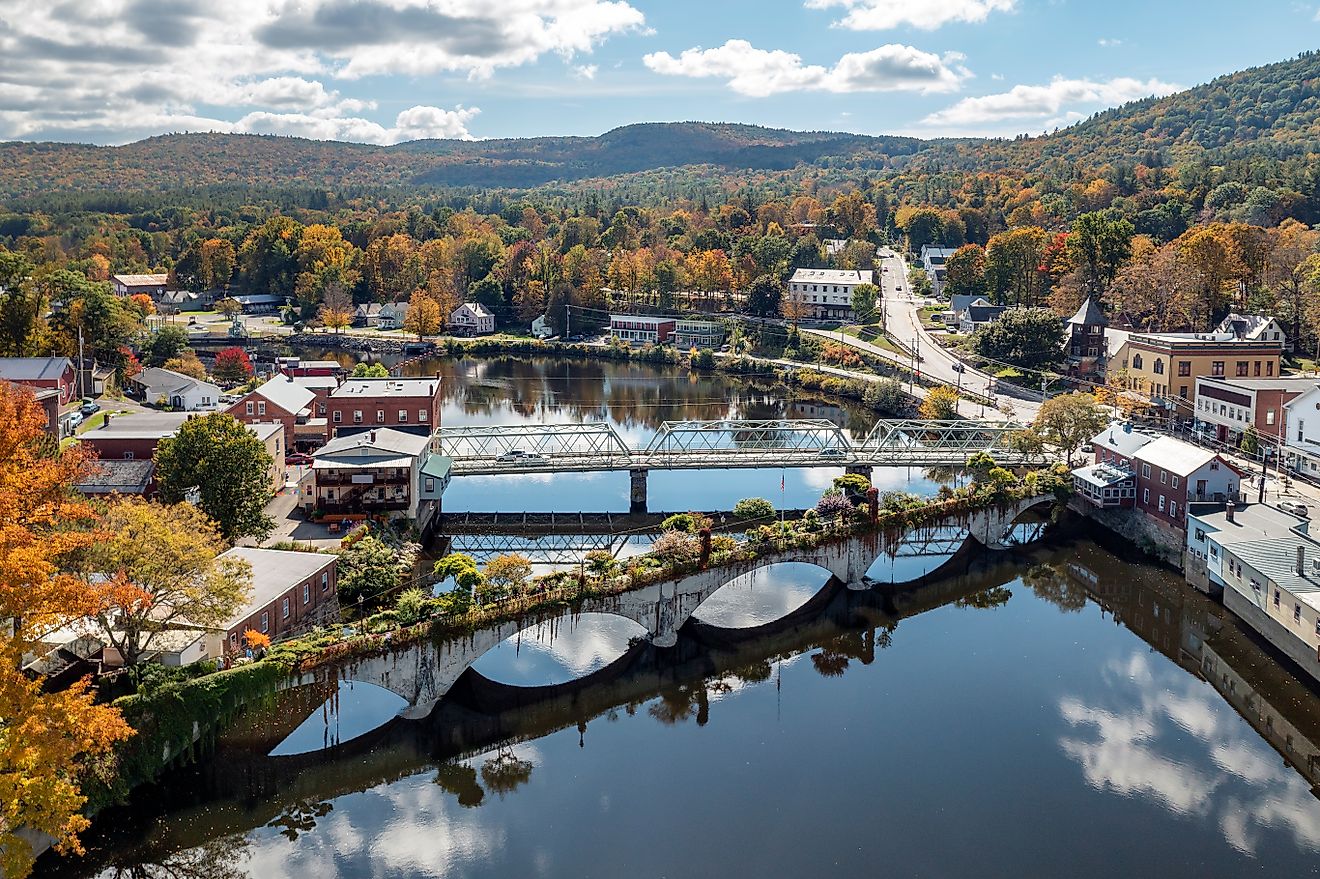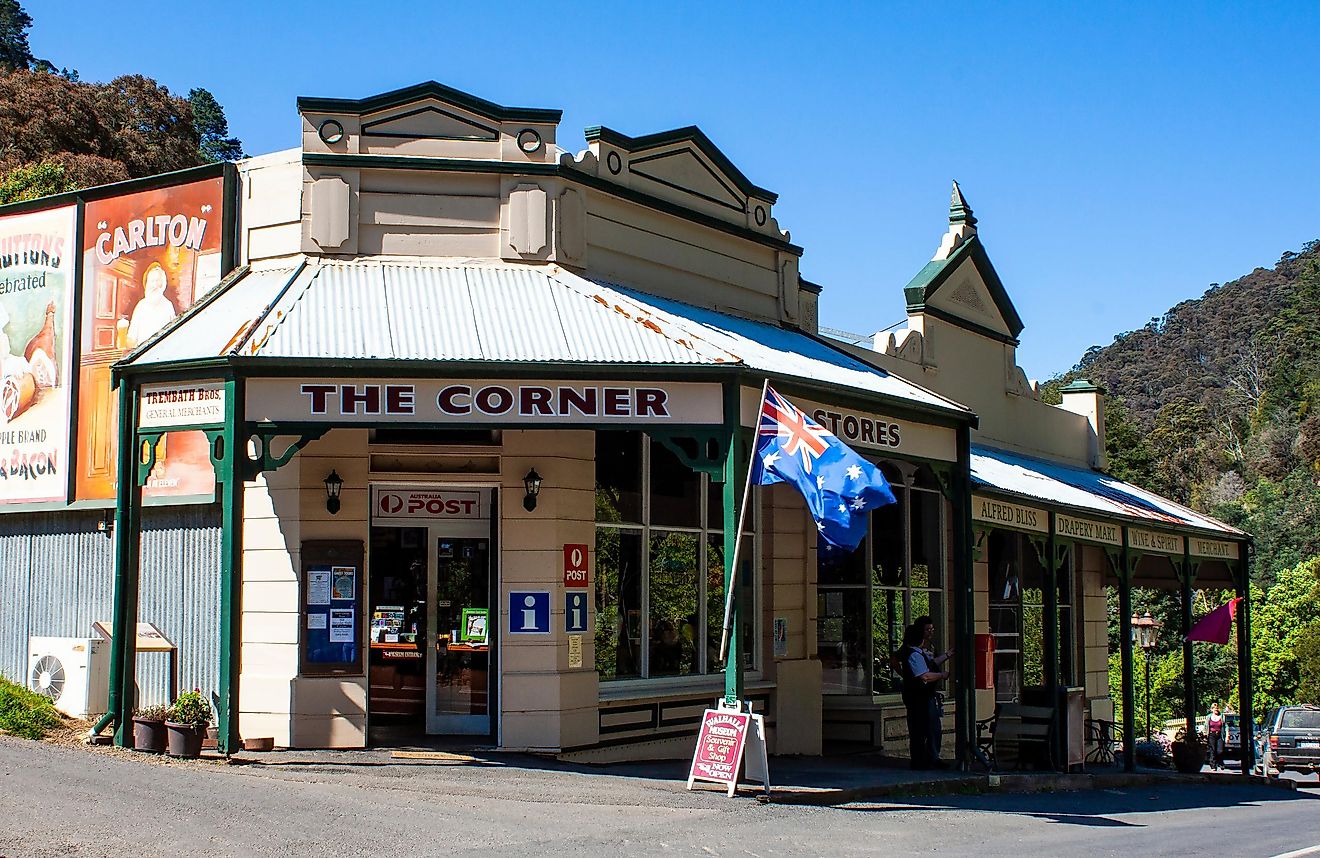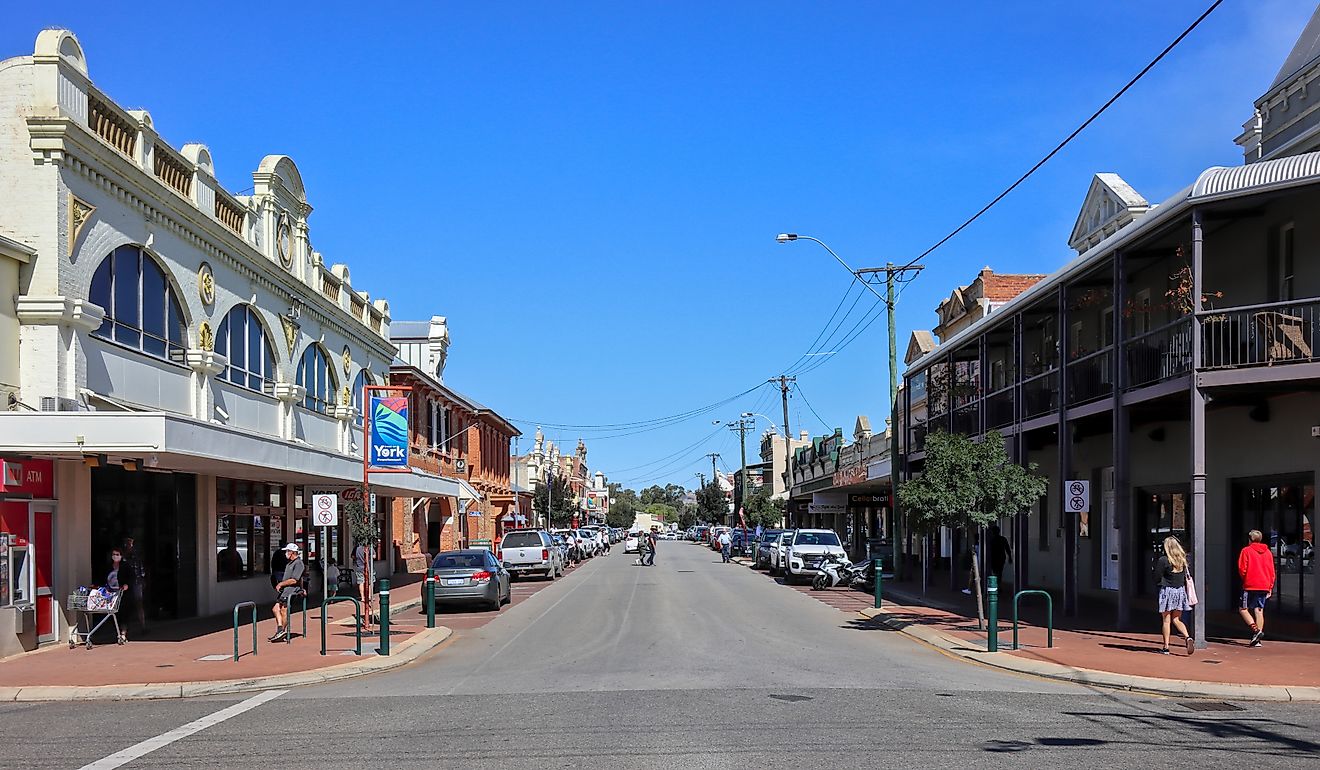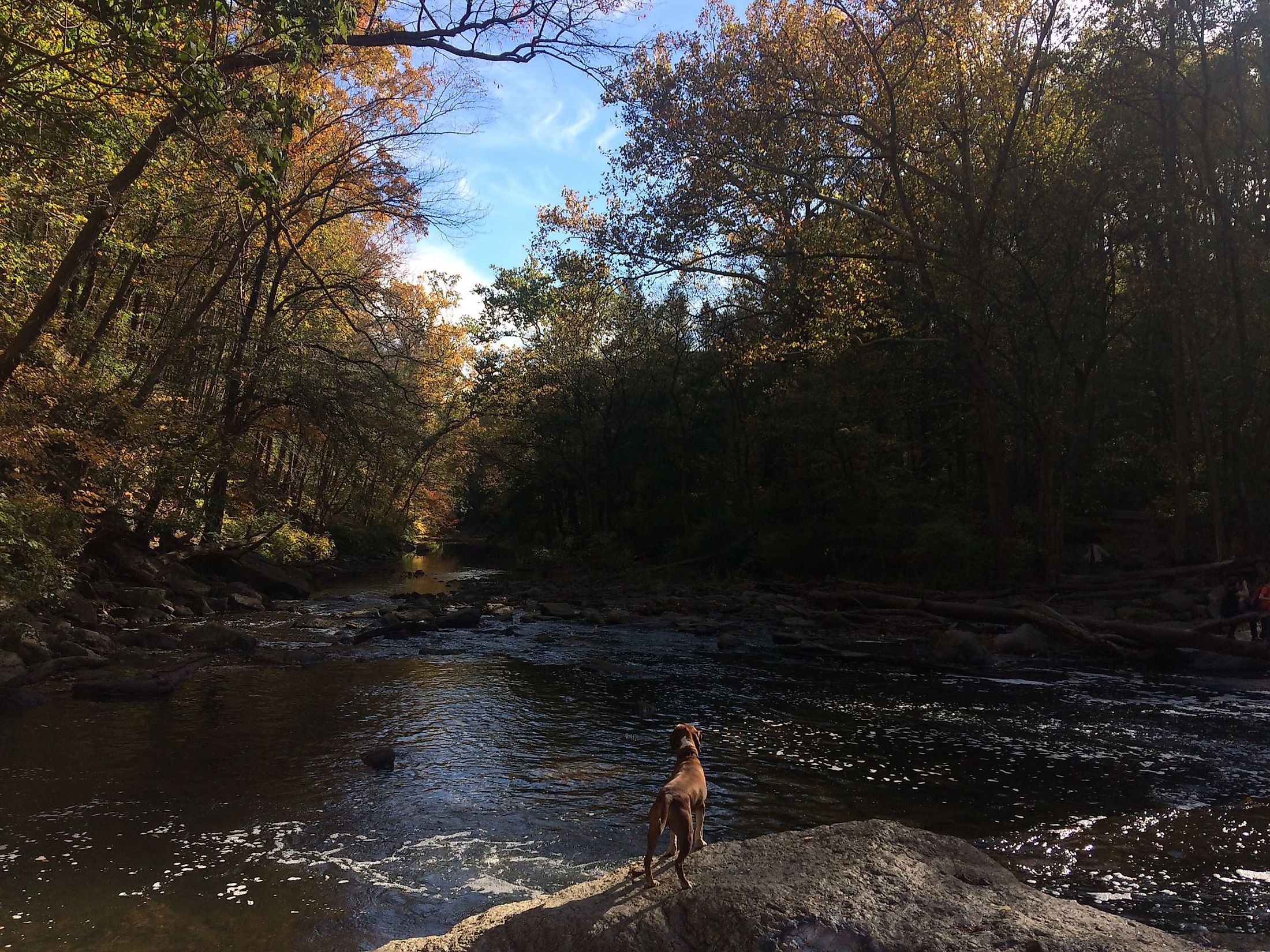
Wissahickon Valley Park
The Wissahickon Valley Park is regarded as one of the world's most beautiful urban parks. Its natural beauty is the result of geologic processes that happened 500 million years ago. Over the years, the distinctive geology of the Wissahickon Valley has influenced the geography, history, and culture of Philadelphia. The Wissahickon Creek's waterpower fueled industrialization in the area, the hills contributed to the loss of the famous Battle of Germantown during the Revolutionary War, and the park provided a haven of peace and beauty for Philadelphia's urban dwellers.
Geography Of Wissahickon Valley Park
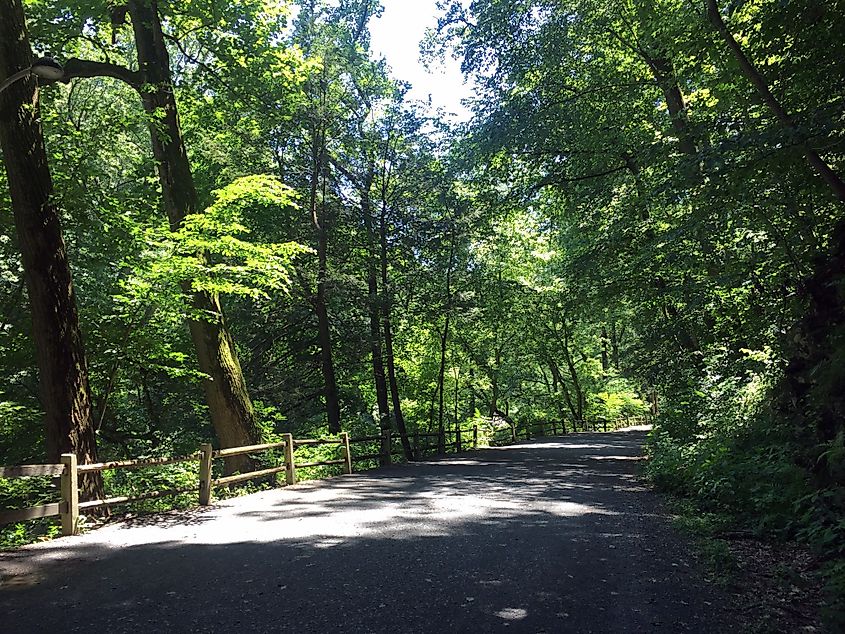
Wissahickon Valley Park covers an area of 2,000 acres in the northwestern part of Philadelphia in the US State of Pennsylvania. It contains the Wissahickon Creek, which is a tributary of the Schuylkill River that flows through Montgomery and Philadelphia Counties. The park also consists of a trail called the Forbidden Drive, which serves as the park’s principal roadway. The trail runs parallel with the Wissahickon Creek extending from northwestern avenue to Lincoln Avenue. The trail was built between 1823 and 1856 and was initially used as a highway. Then motor vehicles became restricted in the area in 1924, thus explaining its name “Forbidden Drive.” The park, most known for its jagged rock formations, steep cliffs, and flowing creek, offers an exceptionally rural setting just minutes from downtown Philadelphia.
Flora And Fauna Of Wissahickon Valley Park
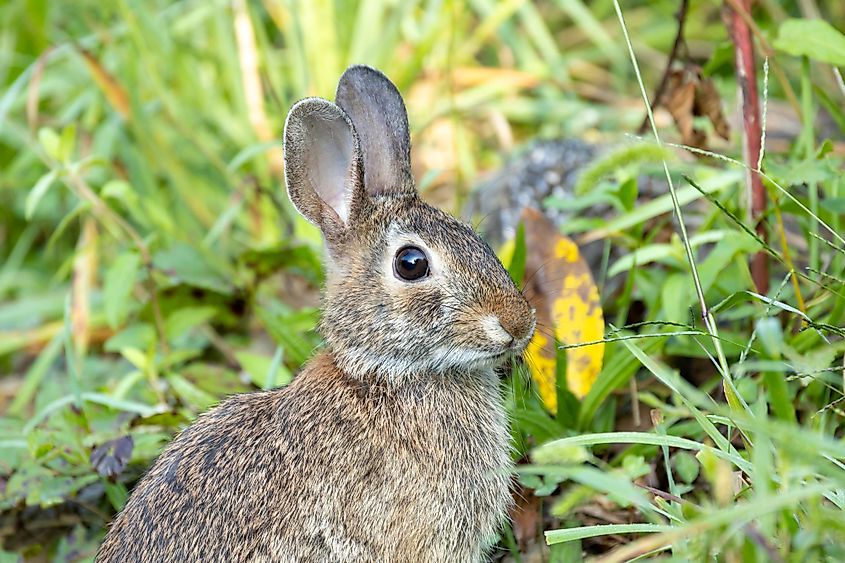
Different species of animals are found in the Wissahickon Valley Park due to its forests, creek, and grasslands that are the building blocks for their natural habitats. Eastern Chipmunks are easily observed because they stay awake from dawn until dusk. However, in late fall/early winter, these little chipmunks retreat into their burrows to hibernate for the winter. Other animals include Eastern Box Turtle, Northern Two-Lined Salamander, Northern Water Snake, groundhog, and Red Fox.
Regarding vegetation, the Nodding Trillium is found in wet, swampy woodlands and highland, mixed conifer-deciduous woodlands. This long-lived wildflower is called after its three leaves and solitary flower, which hangs underneath the leaves and bears vivid red fruit in late July. Umbrella Magnolia is a fast-growing tree found in the moist forests of the park. Its leaves have big diamond-shaped leaves that resemble umbrellas, which explains the tree’s name. They develop cone-shaped flowers that turn into rosy fruits. Other plant species include Tulip Poplar, Eastern Hemlock, Foamflower, and Canada Wild Ginger.
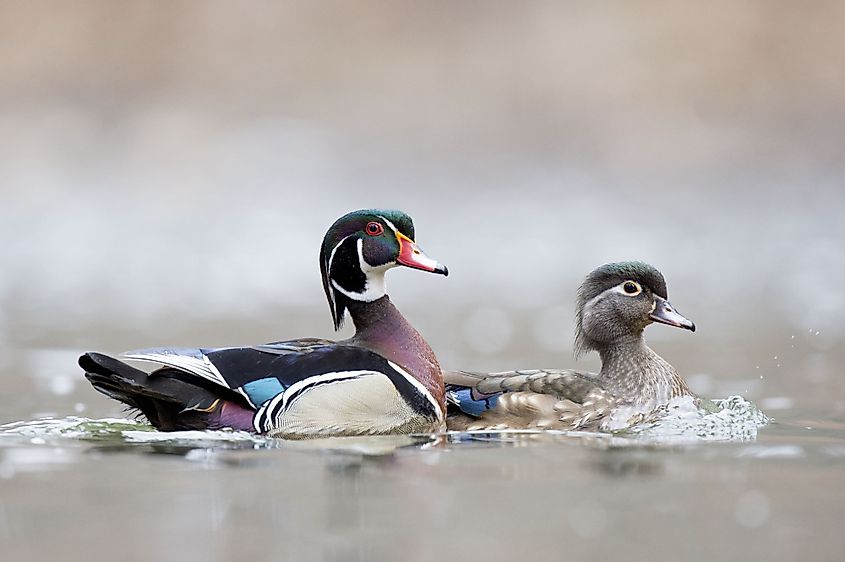
The park is also an Audubon Important Bird Area that encompasses more than 200 bird species. Some of the bird species include woodpeckers, which are recognized by their flaming-red crest and loud calls. Indigo Buntings also make up the bird species in the park and are considered one of the most beautiful songbirds in the eastern United States. Other bird species include Great Blue Heron, Wood Duck, and many more.
Brief History Of Wissahickon Valley Park
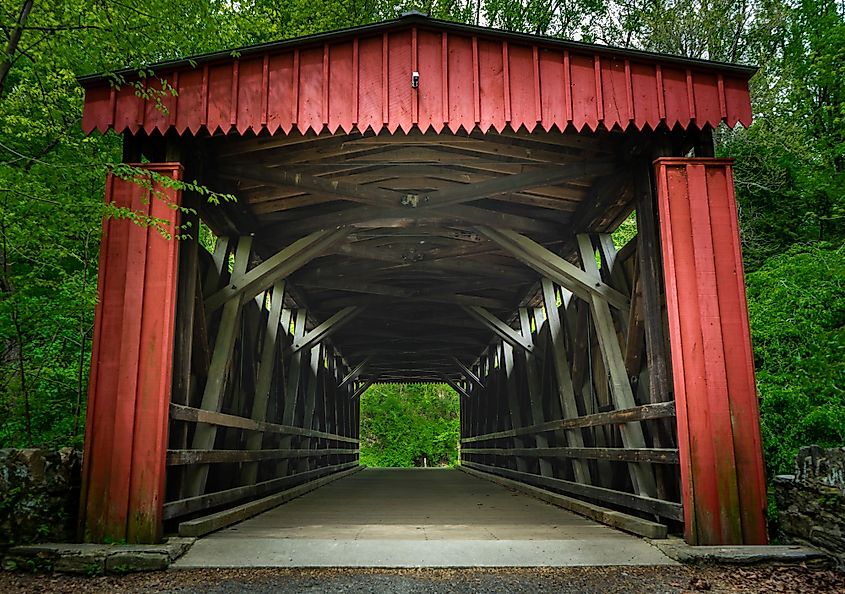
The Wissahickon Watershed and neighboring regions were most likely once under water. The valley in Philadelphia was formed as the valley's sides were pushed up, and the creek eroded the adjacent land. Over millions of years, the watershed and its wildlife developed as an ecosystem. The most recent big climatic event that influenced its development occurred around 12,000 to 15,000 years ago. Glaciers did not reach the Wissahickon during the Ice Age. The Wissahickon warmed and developed into the habitat that the earliest humans discovered when they arrived here. The Lenape were the first people to live in the area 2000 years before surrendering to European settlements, primarily British and Germans, in the 1750s. In the 1860s, the Fairmount Park Commission began acquiring property for what is now known as Wissahickon Valley Park as part of the city's endeavor to clean up and safeguard the city's water supply. Almost the whole watershed was privately held; it was utilized for farming, industry, and dwellings until being sold to Fairmount Park, which implemented several improvements in collaboration with other organizations. That was until the 1970s when the number of Fairmount Park staff started declining. Now, the Wissahickon is managed by Philadelphia Parks & Recreation and other agencies that oversee the park.
Landmarks In Wissahickon Valley Park
Valley Green Inn
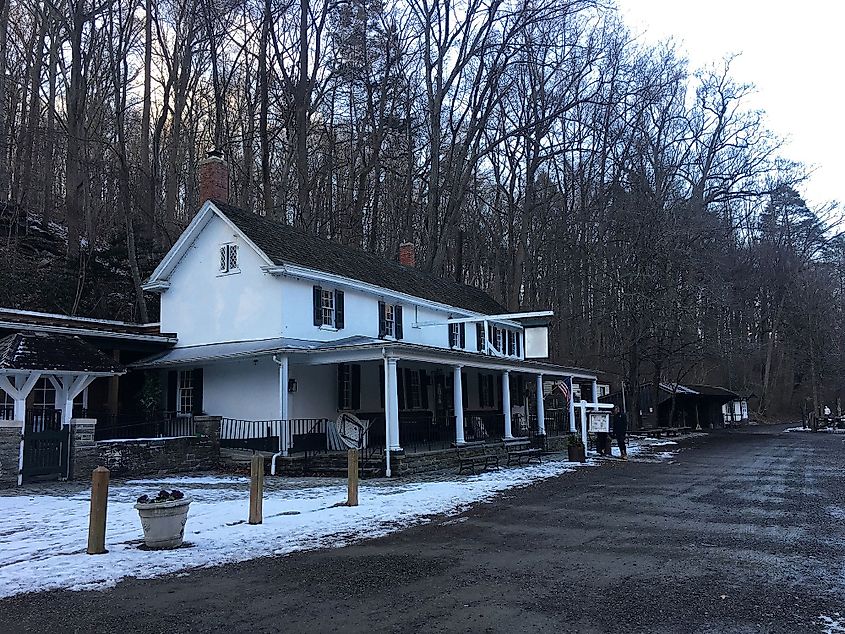
This Inn, which is centrally situated within the park, is the lone intact roadhouse among the several that originally lined Forbidden Drive. It was constructed in 1850 and sold to the Fairmount Park Commission in 1872. Friends of the Wissahickon has been the Inn's steward since 1937, renting it out as a restaurant. The Inn has been the subject of several paintings, postcards, and writings throughout the years, as well as the setting for numerous different occasions.
Wissahickon Hall
Wissahickon Hall, built by Henry Lippen between 1849 and 1850, was an exquisite inn that catered to the park's wealthiest guests. It had a cable ferry that would transport customers over the stream for 5 cents. It closed its doors after the Fairmount Park Commission formed the park and forbade the sale of alcoholic beverages. The structure is still standing near the intersection of Gypsy Lane and Lincoln Drive, and it was significantly renovated by the Works Progress Administration. It was the 92nd police district's headquarters for many years. Wissahickon Hall most recently held the Fairmount Arborists' offices.
Historic Statues
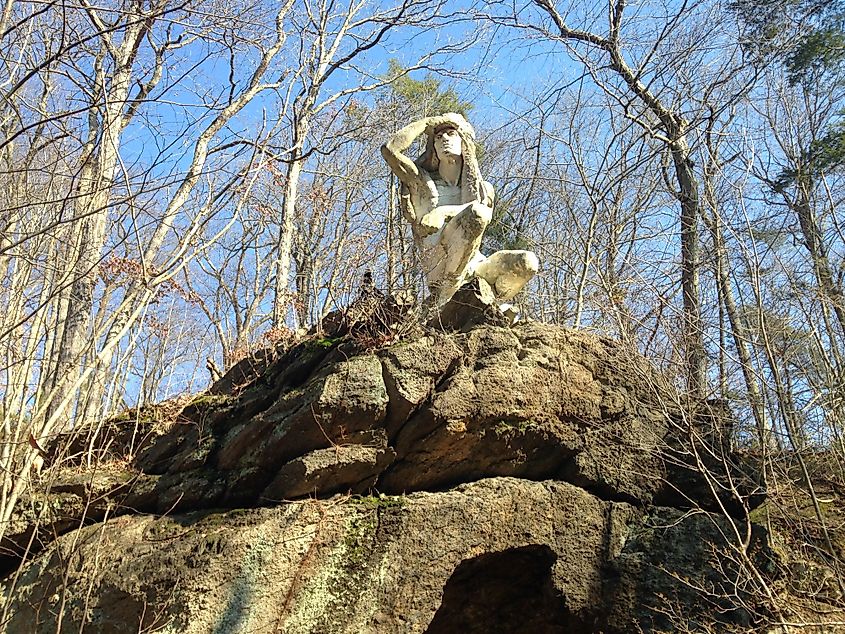
These include Henry Houston Statue, Teedyuscung Statue, and Toleration Statue. Each of these monuments has a narrative to tell about the area's history and occupations. They are dispersed around the Wissahickon Valley Park, and one can check them out while hiking or taking a walk on the beautiful trails.
Walking around Wissahickon, you'll come across many intriguing, surprising sites, such as monuments, historical plaques, and majestic bridges. If you catch the creek on a good day, you'll be rewarded with shockingly blue waters to admire while hiking or taking a walk.
